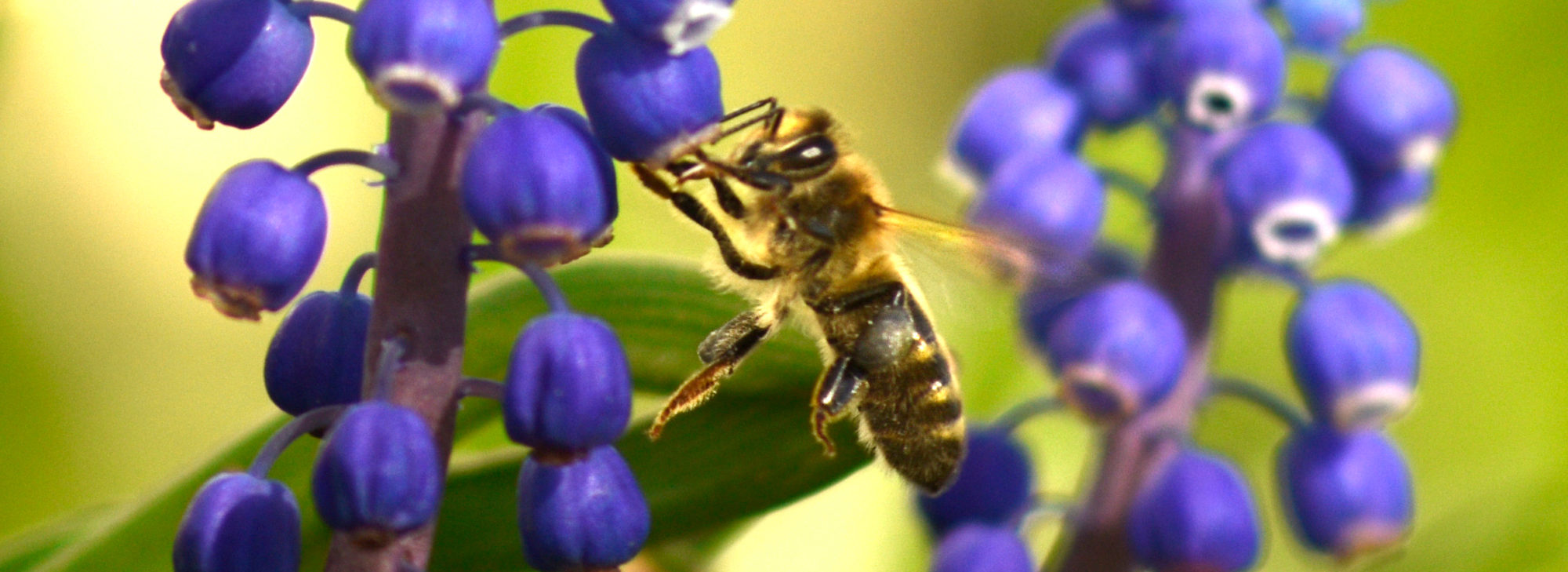Just like people see a health care provider regularly for preventative check-ups, it is important for the health of bee colonies to also have semi-annual “check-ups” each Spring and Fall. In addition to semi-annual hive checks, each colony is inspected approximately once a week weather permitting. Our primary concern is the parasitic Varroa destructor mite.

This mite is an invasive species and a vector for at least five debilitating diseases including the deformed wing virus. The Varroa mite, according to entomologists, is responsible for stress on honey bee colonies and to be partly responsible for Colony Collapse Disorder (CCD).
Understanding the life cycle of the Varroa mite, we treat our bees strategically in the Spring and in the Fall. Our primary treatment is an organic treatment called Oxalic Acid Vaporization. We use this treatment when there is as little brood in the colony as possible to increase the effectiveness and minimize the need for treatment. We also use a time-sensitive treatment called Apivar which uses the active ingredient Amitraz. This treatment can only be in the hive for a very specific time frame and MUST be taken out two weeks before honey collection begins. It is important to note that most Universities and those who study honeybees recommend some form of treatment. We also use Mite away by NOD. Its active ingredient is Formic Acid another organic treatment.
Keeping the colony healthy, strong, and happy is an integral part of our husbandry. We don’t feel that keeping the bees under constant treatment is necessary or healthy. We also feel that “Treatment Free” is not responsible. Randy Oliver’s analogy of a treatment-free dog says it all for us at Hilton Honey. If you saw this dog, would you think that the owner was responsibly caring for their dog?

This dog has Mange. Its caused by a mite and is easily preventable with treatments like Amitraz, which is in many “flea treatments” for our dogs and cats. We treat our bees as needed and use a variety of treatment methods depending on the time of year. We monitor our bees by doing a Mite Wash several times a year and treat based on real-time.

